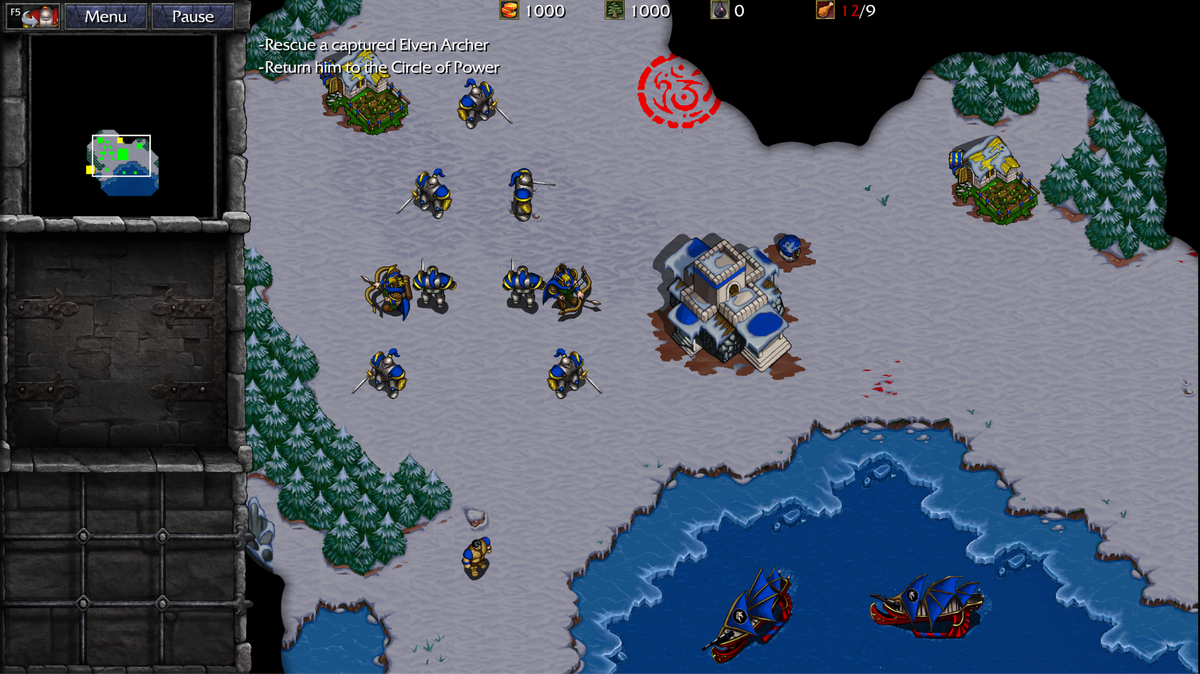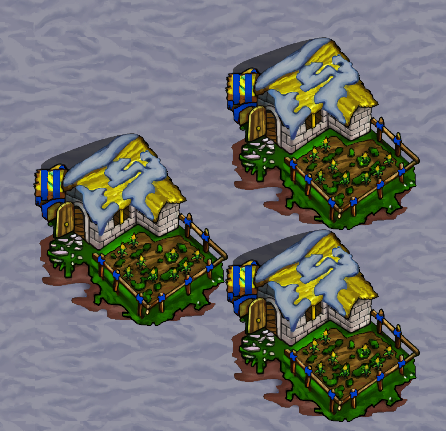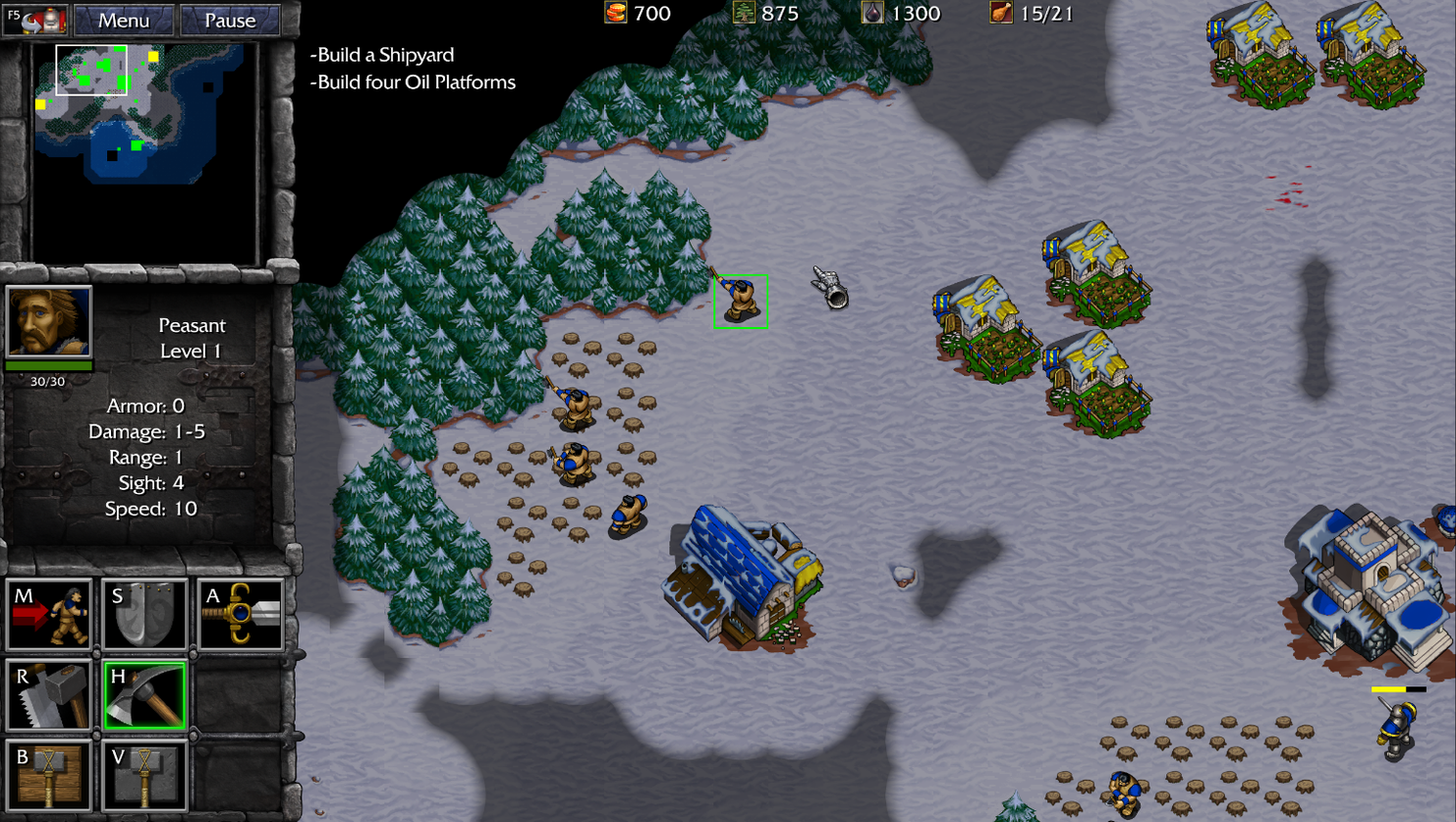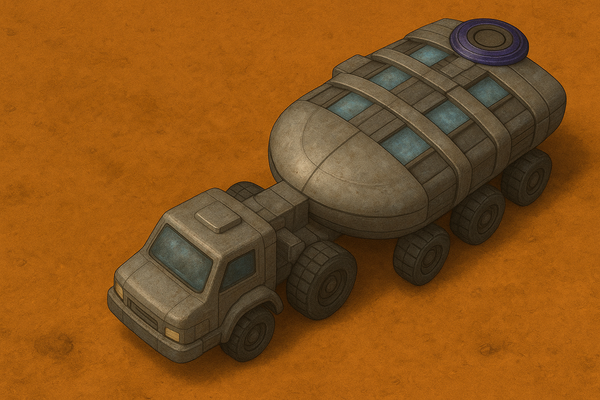Warcraft 2: Why the farms?

Warcraft II, the classic real-time strategy game released in 1995, is a fascinating title to examine. Its limited unit roster and largely symmetrical design make it especially accessible for analysis. Many of the concepts it introduced to the strategy genre were later refined in StarCraft, which expanded on these ideas with highly asymmetric factions.
One of the crucial gameplay elements in Warcraft II is the humble farm (or the pig farm, for those with a more orcish taste). This building played a significant—though often overlooked—role beyond simply setting a cap on the number of units a player could field.

What is the farm?

The farm itself has two major direct impacts on the player:
- It limits the total number of units available.
- It serves as a physical barrier, acting as a blocking wall against enemy movement.
These roles influence not only when a player chooses to construct a farm, but also where they decide to place it from a tactical standpoint. However, what is often overlooked is the farm’s influence on the game’s economic model. Each expansion of the army requires additional farms, meaning that every increase in military capacity demands further investment. This creates a steady escalation in resource commitments tied directly to the player’s growth.
Resources available to the player

The primary resources in Warcraft II affected by farms are gold and wood. Constructing a farm requires an investment of 500 gold and 250 wood. Since wood takes roughly twice as long to harvest as gold, this cost can be viewed as equivalent to about 1,000 gold when normalized.
To put this in perspective:
- Peasant costs 400 gold.
- Footman costs 500 gold.
In other words, the opportunity cost of building a farm is significant—it competes directly with both economic and military expansion.

Each time the army doubles in size, it requires additional investment in farms. However, this mechanic creates an interesting balance: if an army is wiped out, it can be replaced more quickly, giving the now weaker player an opportunity to recover rather than being permanently crippled.
For example, consider the basic footman:
- Footman alone: 500 gold
- Footman accounting for farm cost: ~700 gold (or 600 gold + 62 wood)
By spreading the cost of a farm across the units it enables, the “true” price of each unit is effectively higher than the base training cost. This makes farm construction a hidden economic lever that shapes pacing, scaling, and comeback potential in Warcraft II.
Impact to the game

This mechanic of making new units more expensive acts as a natural brake on runaway growth. Each step toward doubling an army’s size demands not only twice the gold, but also extra actions from the player to construct the necessary farms. The upfront cost of a farm further discourages building too many at once, as overinvesting in farms can leave other parts of the economy or military underdeveloped and exposed.
As a result, farms incentivize players to plan ahead and invest in their base with a long-term mindset. The timing of when to build the next farm becomes a key differentiator between a newcomer and a seasoned pro.
Beyond the economic layer, farms also have a significant impact on the military sphere. Because of this mechanic, a player who loses a battle can often recover at a lower relative cost, while the victor must spend additional resources and time on farm construction to support their expanded army. This dynamic subtly balances momentum and prevents early victories from snowballing too quickly into unstoppable dominance.
Conclusion
The farm mechanic is a deceptively powerful system, shaping not only the economic foundation of Warcraft II but also the flow of its military engagements. By placing a brake on exponential growth and offering a built-in catch-up mechanism, it helps prevent players from being steamrolled too quickly and keeps matches competitive.
In future articles, I’ll examine how this mechanic evolved in StarCraft and Warcraft III, where asymmetric factions and unique twists on the food system added new layers of strategy and balance.

